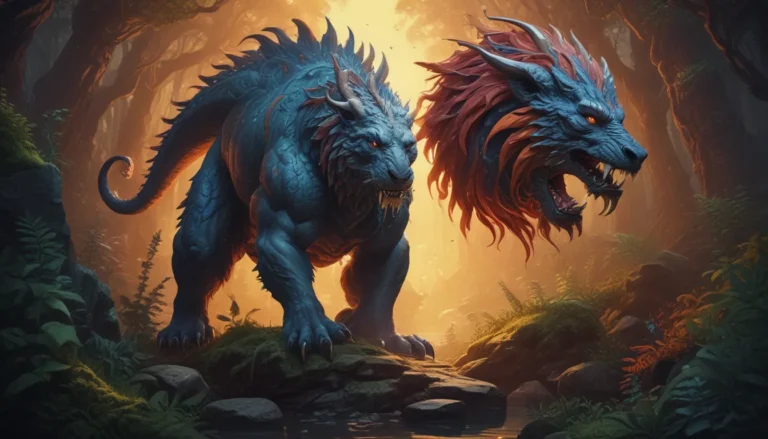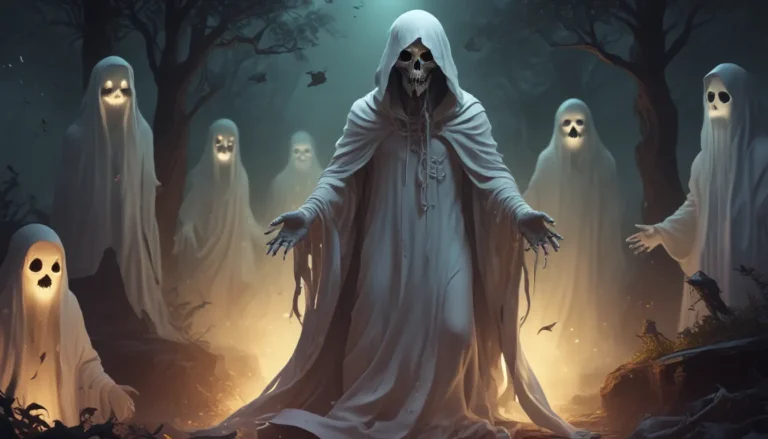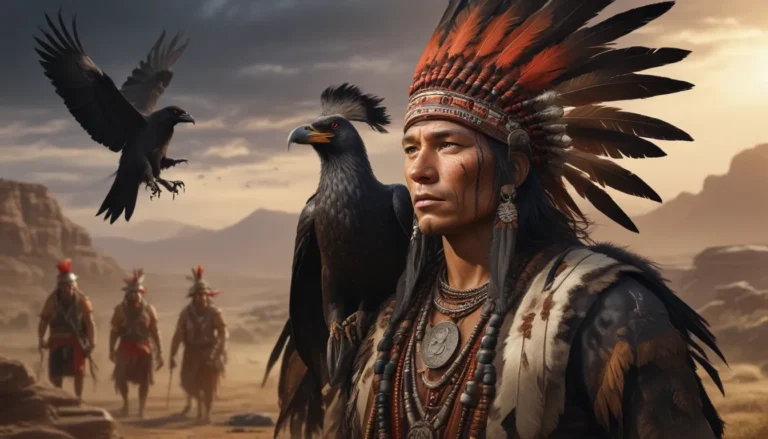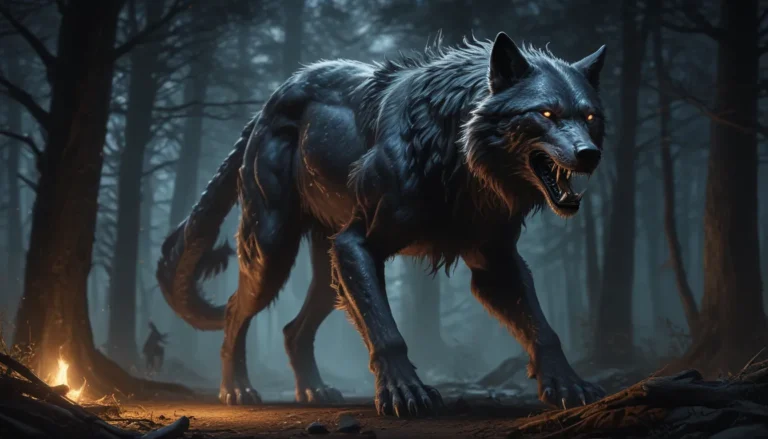The images in our articles may not match the content exactly. They are used to grab your attention, not to show the exact details in the text. The images complement the text but do not replace it.
Have you ever been intrigued by a language that sounds so unfamiliar yet captivating? The world of languages is vast, with approximately 6,909 languages spoken on Earth 1, each contributing to the rich tapestry of human communication. From the oldest language still spoken, Tamil, to the modern language used the longest, Modern Greek, the linguistic landscape is as diverse as it is fascinating.
As we journey through the intricate web of communication, we encounter not only living languages but also those that have faded into obscurity. Dead languages, once vibrant means of expression, now remain as historical artifacts of human interaction. From Latin to Sanskrit, each dead language tells a unique story of its rise and fall, leaving behind a legacy that continues to shape our understanding of the past.
In this comprehensive guide, we delve into the realm of dead languages, exploring their significance, impact, and ultimately, their enduring presence in today’s world. Join us on this linguistic expedition as we unravel the mysteries of the past and discover the hidden gems of human expression.
Exploring Dead Languages and Their Legacy
What defines a dead language, and how does it differ from an extinct or endangered language? The term “dead language” refers to a language that no longer has any native speakers, yet it may still be used for specific purposes such as literature, religious texts, or scholarly research. In contrast, an extinct language has no living members and is no longer in existence, like the dinosaurs of the linguistic world. Endangered languages, on the other hand, are at risk of fading into oblivion due to dwindling speaker populations.
Unearthing the List of Dead Languages
1. Latin: The Lingua Franca of Antiquity
Latin, the language of the Roman Empire, retains its influence in modern society through medical terminology, animal classifications, and academic discourse. While no longer spoken natively, Latin lives on in school mottos, popular phrases like “carpe diem,” and the official language of the Vatican. Despite its gradual decline after the fall of the Roman Empire, Latin continues to echo through the corridors of time.
2. Sanskrit: The Ancient Wellspring of Wisdom
As the oldest language in the world, Sanskrit holds a special place in the realm of dead languages. While it ceased to be spoken around 600 B.C., its legacy endures in Indian culture, philosophy, and religious scriptures. The profound philosophical works written in Sanskrit by thinkers like Vedas continue to shape modern spiritual and intellectual discourse, reaffirming the timeless relevance of this ancient language.
3. Ancient Greek: The Cradle of Civilization
The language of philosophers like Socrates, Aristotle, and Plato, Ancient Greek laid the foundation for Western thought and culture. While it has evolved into Modern Greek as the official language of Greece, Ancient Greek remains a subject of study and a source of scientific terminology. Its enduring influence on modern society is evident in the plethora of words borrowed from this classical language.
4. Akkadian: The Semitic Language of Mesopotamia
Originating in the city of Akkad, Akkadian was the first certified Semitic language, spoken by Mesopotamians, Babylonians, and Chaldeans. Written in cuneiform script, Akkadian played a crucial role in the development of ancient civilizations. However, its inability to adapt led to its eventual demise, leaving behind a legacy that continues to intrigue scholars and historians.
5. Biblical Hebrew: The Language of Sacred Texts
Biblical Hebrew, once spoken by ancient Hebrews, saw its decline after the destruction of the Temple of Jerusalem. Despite its transformation into Modern Hebrew, the rich literary and religious heritage of Biblical Hebrew remains a key part of Jewish culture and tradition. Learning this ancient language offers a glimpse into the roots of religious texts and historical narratives.
6. Coptic: The Christian Legacy of Egypt
A unique blend of Egyptian and Greek influences, Coptic served as the last stage of the Ancient Egyptian language before giving way to Arabic. As the first Christian language, Coptic played a pivotal role in early Christian communities before fading into obscurity. Its intricate script and religious significance provide a window into the multicultural heritage of Egypt.
7. Aramaic: The Lingua Franca of the Ancient World
Spoken widely in ancient times, Aramaic served as the primary language of Jesus Christ and the Assyrians. Despite its decline and diaspora of speakers, Aramaic remains a significant historical and cultural artifact, preserved through written texts and scholarly research. The enduring legacy of Aramaic underscores its importance in understanding the diverse linguistic heritage of the Middle East.
8. Old Norse: The Language of the Vikings
As the language of the legendary Vikings, Old Norse left an indelible mark on the English language and cultural landscape of Northern Europe. While it evolved into various Scandinavian languages, Old Norse contributed numerous words and phrases to Modern English, reflecting its lasting impact on the linguistic heritage of the region. Exploring Old Norse offers a glimpse into the seafaring adventures and rich folklore of the Viking era.
9. Old English: The Ancestor of Modern English
Old English, spoken in England during the 1100s, laid the groundwork for the development of Modern English. As the predecessor to Middle English, Old English reflects the cultural and linguistic evolution of England and Wales. Delving into Old English reveals the complexities of grammar, vocabulary, and history that shaped the language we speak today.
10. Old High German: The Literary Heritage of Central Europe
Comprising a collection of dialects from Austria, Germany, and Switzerland, Old High German left a profound impact on literature, philosophy, and religious texts. The diverse dialects within Old High German, including Franconian, Alemannic, and Bavarian, showcase the rich linguistic tapestry of Central Europe. Exploring Old High German texts offers a window into the intellectual traditions and literary achievements of the region.
Navigating the Realm of Endangered Languages
1. Danish: Preserving a Cultural Heritage
Despite being the official language of Denmark, Danish faces challenges in the modern world, as globalization and the rise of English as a lingua franca pose threats to its preservation. Efforts by the Danish government to safeguard the language reflect the importance of linguistic diversity in maintaining cultural identity and heritage.
2. Kalaallisut: The Voice of Greenland’s Inuit Culture
As a dialect of Greenlandic spoken by the Inuit population in West Greenland, Kalaallisut faces challenges due to its limited speaker base. The unique cultural and linguistic heritage of the Inuit community underscores the importance of preserving endangered languages as repositories of history, knowledge, and identity.
3. Ayapaneco: A Language at the Brink of Extinction
Originating from Tabasco, Mexico, Ayapaneco is on the verge of extinction, with only two surviving native speakers who refuse to communicate with each other. The complex social, cultural, and historical factors contributing to the decline of Ayapaneco highlight the urgent need to safeguard endangered languages and promote linguistic diversity in a globalized world.
4. Resigaro: The Last Breath of a Rare Language
Resigaro, spoken by the Arawak people in Peru, faces critical endangerment, with only one surviving speaker working to preserve its linguistic legacy. The collaborative efforts between the last speaker and the Peruvian government underscore the importance of revitalizing endangered languages as vital components of cultural heritage and human expression.
Embracing the Legacy of Runic Alphabet and Symbols
The Runic Alphabet and symbols, once integral to many dead languages of Germanic origin, offer a glimpse into the ancient writing systems that accompanied these languages. By learning and preserving these symbol systems, we honor the linguistic heritage of the past and pave the way for future generations to connect with the rich tapestry of human expression.
In conclusion, the world of dead languages is a treasure trove of history, culture, and human creativity waiting to be explored. By delving into the legacy of ancient languages, we gain a deeper appreciation for the diversity and complexity of human communication throughout the ages. As we celebrate the enduring legacy of dead languages, let us remember that each word, each symbol, and each expression carries with it a story waiting to be told and shared with the world.
Reviving the Legacy of Dead Languages
As we reflect on the fascinating journey through the world of dead languages, we are reminded of the importance of preserving and celebrating linguistic diversity. Each language, whether alive or dormant, contributes to the rich mosaic of human expression and cultural heritage. By learning about and engaging with dead languages, we not only honor the legacy of our ancestors but also enrich our understanding of the world around us.
In our quest to revive and celebrate the legacy of dead languages, let us remember that language is more than just a means of communication—it is a gateway to history, culture, and human connection. As we continue to explore the hidden gems of linguistic heritage, may we cherish and protect the diverse tapestry of languages that form the fabric of our shared human experience.
Your Contribution to Linguistic Legacy
We invite you to join us on this linguistic journey of exploration, discovery, and celebration. Your curiosity, passion, and dedication to learning about dead languages contribute to the collective tapestry of human knowledge and understanding. As you delve into the intricacies of ancient tongues and forgotten dialects, remember that each word, each phrase, and each symbol tells a story waiting to be shared with the world.
Together, we can honor the legacy of dead languages, preserve the treasures of linguistic heritage, and pave the way for future generations to connect with the vast and vibrant world of human expression. Let us embark on this linguistic adventure with open minds, open hearts, and a shared commitment to unraveling the mysteries of the past and embracing the wonders of linguistic diversity.
Thank You for Exploring with Us
We extend our gratitude to you, our fellow explorer of dead languages, for joining us on this enlightening journey. Your curiosity, enthusiasm, and passion for learning serve as a beacon of inspiration for all who seek to uncover the hidden treasures of linguistic heritage. As we continue to celebrate the legacy of dead languages, let us remember that the power of language lies not only in its words but also in the stories, cultures, and connections it carries throughout the ages.
Thank you for your dedication to exploring the world of dead languages, and we look forward to embarking on many more linguistic adventures together in the future. Happy exploring!
References
- https://lingua.edu/how-many-languages-are-there-in-the-world/[↩]






